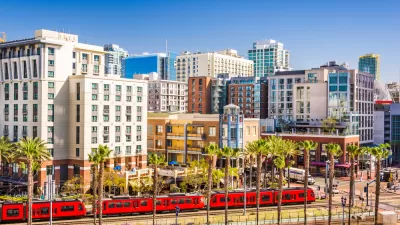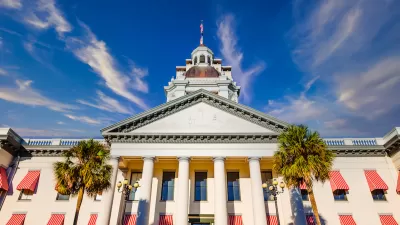With coordinated effort at the local, state, and federal levels, the United States could meet its goal of cutting greenhouse gas emissions in half by 2030.

A news release by Aliyah Kovner touts the results of a new study from Lawrence Berkeley National Laboratory that found that the United States can achieve its goal of reducing greenhouse gas emissions by 50 percent by 2030, “but big commitments will need to be made, immediately.”
Nikit Abhyankar, one of the study’s authors and a scientist in the Electricity Markets & Policy Department at Berkeley Lab, “notes that the most urgent actions will be to double the amount of renewable capacity built each year and transition predominately to electric vehicles within the next decade or so.” Kovner notes that “Reducing GHG emissions by 50% by 2030 would put the United States on a path to limit global warming to 1.5 degrees Celsius, the target scientists say is required to avoid the worst consequences of the climate crisis.”
According to the six techno-economic models analyzed in the study, “The majority of the country’s greenhouse gas emissions come from power generation and transportation, so to reduce overall emissions by 50%, the electricity grid needs to run on 80% clean energy (up from today’s 40%), and the majority of vehicles sold by 2030 need to be electric.”
The study also calls for a “coordinated policy response between states and the federal government.” The authors point out that “Thanks to advances in wind, solar, and energy storage technologies, powering the electric grid with renewables will not be more expensive; and electric vehicles could save every household up to $1,000 per year in net benefits.”
FULL STORY: A 50% Reduction in Emissions by 2030 Can be Achieved. Here’s How

Planetizen Federal Action Tracker
A weekly monitor of how Trump’s orders and actions are impacting planners and planning in America.

San Francisco's School District Spent $105M To Build Affordable Housing for Teachers — And That's Just the Beginning
SFUSD joins a growing list of school districts using their land holdings to address housing affordability challenges faced by their own employees.

Can We Please Give Communities the Design They Deserve?
Often an afterthought, graphic design impacts everything from how we navigate a city to how we feel about it. One designer argues: the people deserve better.

The EV “Charging Divide” Plaguing Rural America
With “the deck stacked” against rural areas, will the great electric American road trip ever be a reality?

Judge Halts Brooklyn Bike Lane Removal
Lawyers must prove the city was not acting “arbitrarily, capriciously, and illegally” in ordering the hasty removal.

Engineers Gave America's Roads an Almost Failing Grade — Why Aren't We Fixing Them?
With over a trillion dollars spent on roads that are still falling apart, advocates propose a new “fix it first” framework.
Urban Design for Planners 1: Software Tools
This six-course series explores essential urban design concepts using open source software and equips planners with the tools they need to participate fully in the urban design process.
Planning for Universal Design
Learn the tools for implementing Universal Design in planning regulations.
Borough of Carlisle
Smith Gee Studio
City of Camden Redevelopment Agency
City of Astoria
Transportation Research & Education Center (TREC) at Portland State University
City of Camden Redevelopment Agency
Municipality of Princeton (NJ)





























